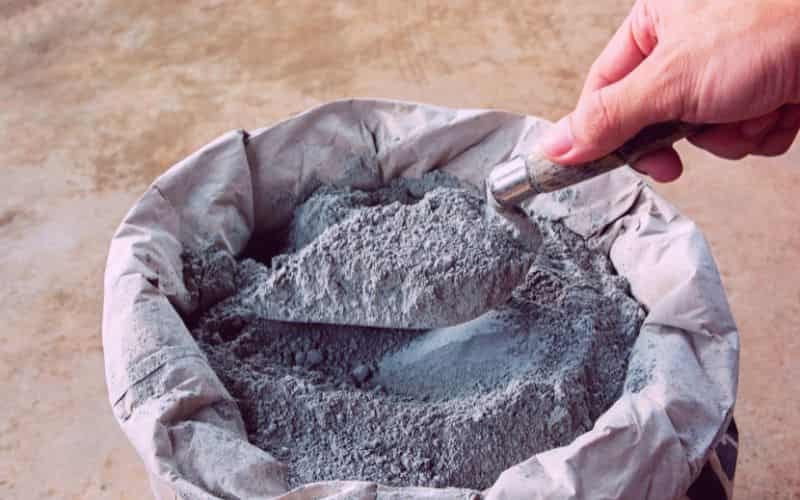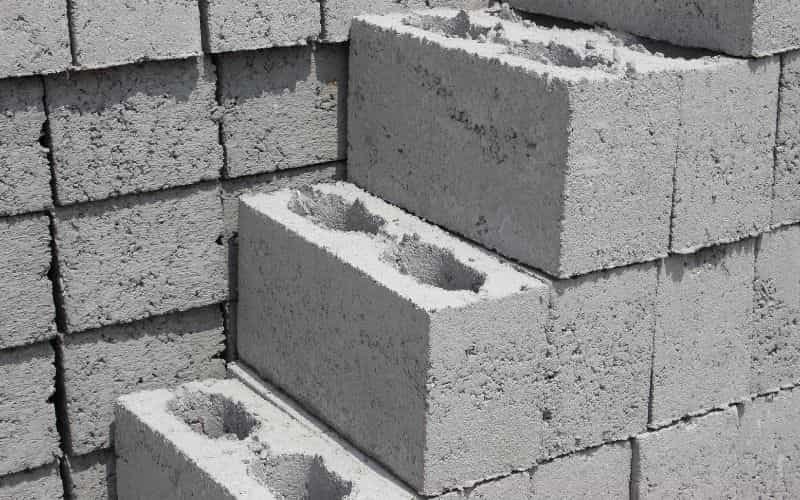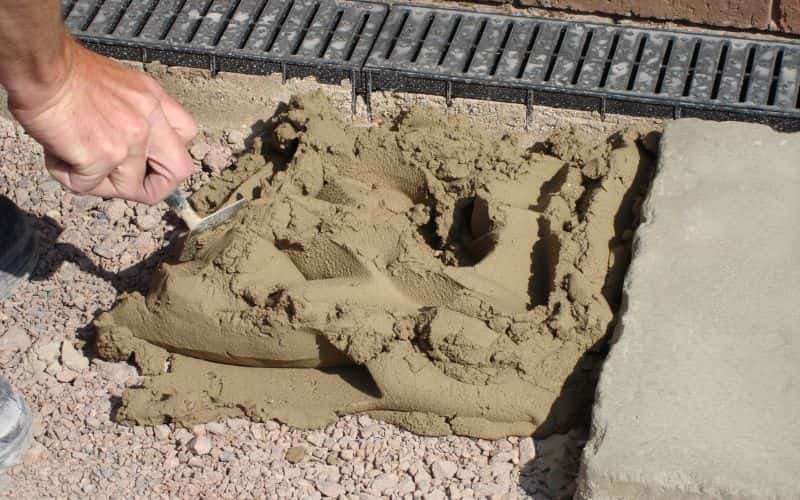Concrete can’t be made without cement, which is why cement is one of the most extraordinary construction materials. China is the top cement producer country in the world. China produced 2,5 billion metric tons of cement in 2014, while India produced 280,000,000 metric tons. Mixing cement with water is an important material that binds aggregates. Cement is used mainly to make cement mortar and concrete. Cement paste can be made by mixing water with it. It has the property of quick hardening and achieving strength in a short time. It is important to understand how long cement need to set and how long we will take to use it. Here we will discuss about initial and final setting time of cement.

The Setting of Cement
The process of turning a cement paste into a non-plastic, rigid material is called Setting of cement.
The final setting time of cement is the amount of time it takes for this process to occur.
The process of changing from a plastic to non-plastic mass can take anywhere from 30 seconds to an hour.
Cement setting is a complex chemical process. It is thought to occur in three stages.
(i) Hydrolysis stage and hydration stage
This is the first stage, and it begins immediately after the addition of water.
The four cement compounds (C3S, C2S, 3CA1 and 4CAFe) get hydrated during this process.
The first compound also goes under hydrolysis.
Then happens the formation of complex hydro silicates. We will describe the final setting time of cement gradually.
(ii) Colloidisation stage:
In this stage the complex system of hydro silicate crystals as above described, is separated into a gel, which becomes gradually thickened and acts like a glue around other particles.
This will initiate the setting of cement. So it’s called initial setting time of cement.
This stage is when the mortar, (cement-water sand paste), becomes fully saturated and cannot take more water.
(iii) Crystallization stage
During this stage most components are transformed from a colloidal or gel state to a crystal state.
Tri-calcium hydroxide and calcium hydroxide colloids are the first elements that form stable crystal phases.
The calcium hydro silicate gel also simultaneously hardens.
The almost simultaneous development of crystals, and hardening gel result in strong inter-grown mass crystals and gels.
The setting of cement is completely different from hardening of cement.
It can be described as the cement’s ability to withstand heavy loads without cracking or disintegrating.
Cement may take only a few hours and minutes to set but it becomes too hard after a long time which can be measured in days, weeks or even years.

Concrete Setting Times: Technical Considerations
- It is important that cement sets neither slowly nor too quickly. The first situation might result in concrete becoming too hard. The second scenario is more complicated because the setting time can be too long. It may also slow down the work and delay the actual use of your structure due to insufficient strength.
- Setting of cement should not be confused with hardening. This refers to the increase in mechanical strength following the resistance to penetration of a particular attachment.
- The time it takes to set cement paste to a specific consistency.
- This is indirectly related to the initial chemical reaction between cement and water to form aluminum silicate compound.
- The initial setting time is when the paste loses its plasticity.
- It is essential to test the initial setting time for transport, placing, and compaction cement concrete.
- To delay hardening or hydration, the initial setting time is necessary.
- Final setting is when the paste has lost all its plasticity.
- This is the amount of time it takes for cement concrete or cement paste to harden enough and take the mold in which they are cast.
- The safe removal of scaffolding and forms is made easier by knowing the time frame.
- This is the time when the primary chemical reaction between cement and water is almost complete.
Standard Specification for Setting Time for Different Types of Cement
The setting time for different cements will vary depending on the amount of admixtures that are added to it during its manufacturing process. The following table lists the standard setting times according to IS Codes.
Table-1: Setting Time for Different Type of Cement
| Cement Type | Initial Setting Time, min (min.) | Final Setting Time, min (max.) |
| OPC(33) | 30 | 600 |
| OPC(43) | 30 | 600 |
| OPC(53) | 30 | 600 |
| SRC | 30 | 600 |
| PPC | 30 | 600 |
| RHPC | 30 | 600 |
| PSC | 30 | 600 |
| High alumina | 30 | 600 |
| Super sulphated | 30 | 600 |
| Low heat | 60 | 600 |
| Masonry cement | 90 | 1440 |
| IRS-T-40 | 60 | 600 |
Initial Setting Time for Cement
Before describing final setting time of cement we will describe initial setting time of cement here. The initial setting time for cement refers to the time that the paste (cement + liquid) begins losing its plasticity. If the initial setting time for cement is 30 minutes, cement mortar or concrete must then be placed within 30 minutes after adding water. Concrete and mortar will lose their strength if they are left unattended. If it is being delayed then you can either reject cement/concrete, or add cement depending on the delay.
Final Setting Times of Cement
Final setting of cement refers to the time at which the cement paste (cement + liquid) completely loses its plasticity. Concrete hardens enough to reach the predefine shapes in which it is castes within final setting time. You can remove the scaffolding or form after the concrete has set completely.
How to control the initial setting time and final setting time
By adding admixtures to the mortar or concrete you can control the final setting time and initial setting time. There are many types and brands of admixtures on the market. It is possible that cement takes 30 minutes to set up properly. In these cases, the admixture is used to extend the initial setting time so that the worker has enough time to pour concrete into the form and to apply mortar to plaster the wall.
You can control the cement’s initial and final setting times to regulate the concrete/mortar’s hydration or hardening processes. Concrete/mortar must be transported, placed, compacted using vibrators, or finished within the initial setting time to ensure good quality construction.
Test to Determine the Setting Time for Cement
It is important to determine the cement setting time. The test procedure for calculating the initial and final setting times of cement is discussed above in detail. It is based upon IS:4031 (Part 5), 1988.
Conclusion
The properties of cement (initial and final setting time of cement) that determine the quality of mortar and concrete are important. Before you start using cement for construction, it is important to verify the final setting time and initial setting time. To control the cement’s setting time, you can use admixtures. The initial setting time for 43 and 53 grades of OPC/PPC is normally 30 minutes, while final setting time is approximately 10 hours.








